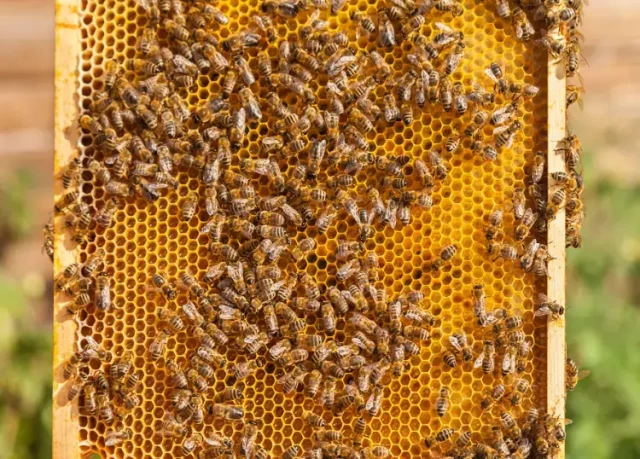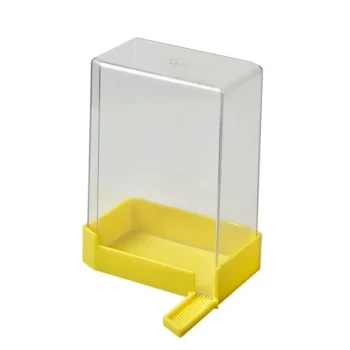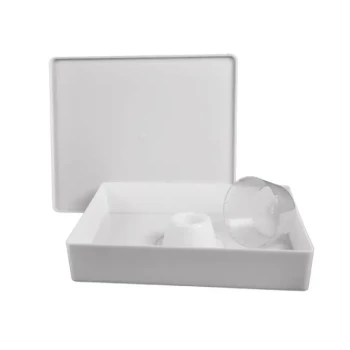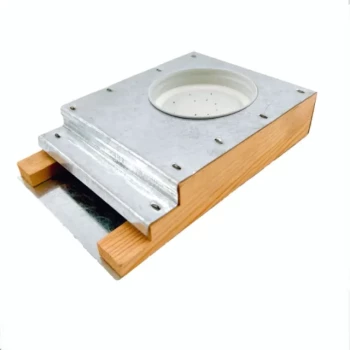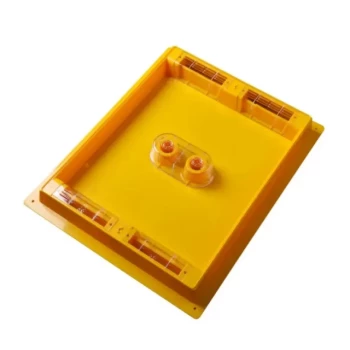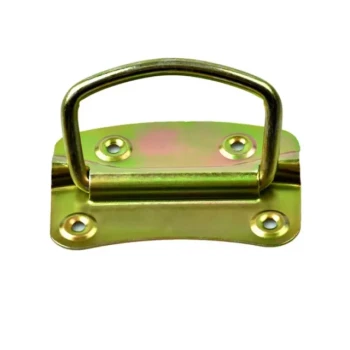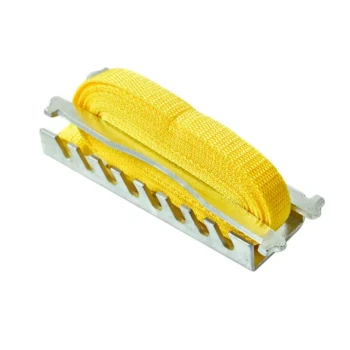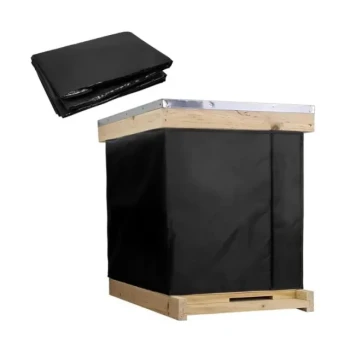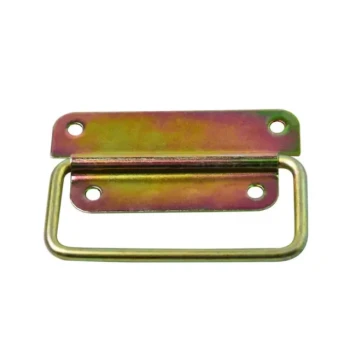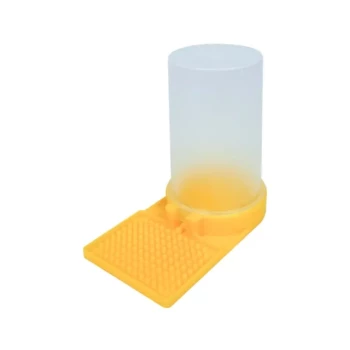When facing unexpected bee swarms with limited equipment, beekeepers need transitional solutions that align with natural colony behavior. Nucleus hives emerge as a biologically strategic alternative to traditional swarm boxes, offering higher retention rates and smoother colony transitions. This guide reveals how to leverage these compact systems for swarm stabilization during critical gaps in equipment availability.
Nucleus Hive Advantages in Swarm Management
Biological Alignment with Swarm Behavior
Swarms instinctively seek enclosed cavities with approximately 40 liters of space—a volume closely matched by standard five-frame nucleus hives. Unlike open swarm traps, these mini-hives provide:
- Familiar pheromone retention: The enclosed design helps maintain queen scent dispersion, reducing confusion that leads to absconding.
- Comb continuity: Existing drawn frames (if available) accelerate colony acceptance by providing immediate brood-rearing resources.
Research shows nucleus systems can temporarily house over 80% of medium-sized swarms for 3–4 weeks—a critical window for sourcing permanent hives.
Operational Flexibility for Beekeepers
For commercial apiaries managing multiple swarm events, nucleus hives offer:
- Space efficiency: Stackable units allow temporary housing of 3–5 swarms in the apiary space typically needed for one full hive.
- Resource optimization: Reusable frames and boxes minimize waste when transitioning colonies to larger hives later.
From Capture to Colony: Stage Transition Protocol
Week 1-2: Establishing Queen Acceptance
- Day 1–3: Confine the swarm with a queen excluder to prevent premature absconding.
- Day 4–7: Introduce supplemental feeding (1:1 sugar syrup) if natural forage is scarce.
- Day 8–14: Monitor for egg-laying patterns—consistent brood confirms queen acceptance.
Week 3-4: Preparing Full Hive Integration
- Frame transfer method: Move 2–3 nucleus frames with brood into the new hive first, flanked by empty frames to encourage expansion.
- Timing tip: Schedule transfers during nectar flows when colonies are less defensive.
Risk Mitigation Strategies
Preventing Absconding in Temporary Housing
- Light manipulation: Painting nucleus hives dark colors mimics natural tree cavities preferred by swarms.
- Location stability: Avoid moving the nucleus hive after initial placement; even 10-meter relocations disrupt orientation.
Nutrition Management During Transition
- Pollen substitutes: Critical during dearth periods to sustain nurse bees rearing brood.
- Emergency feeding: Use internal frame feeders rather than entrance feeders to reduce robbing risks.
Upgrade Your Swarm Recovery System
Facing recurring swarm capture challenges? HONESTBEE’s commercial-grade nucleus hives help beekeeping distributors and large apiaries convert unpredictable swarms into productive colonies—even during equipment shortages. Explore wholesale solutions designed for high-volume swarm stabilization.
Visual Guide
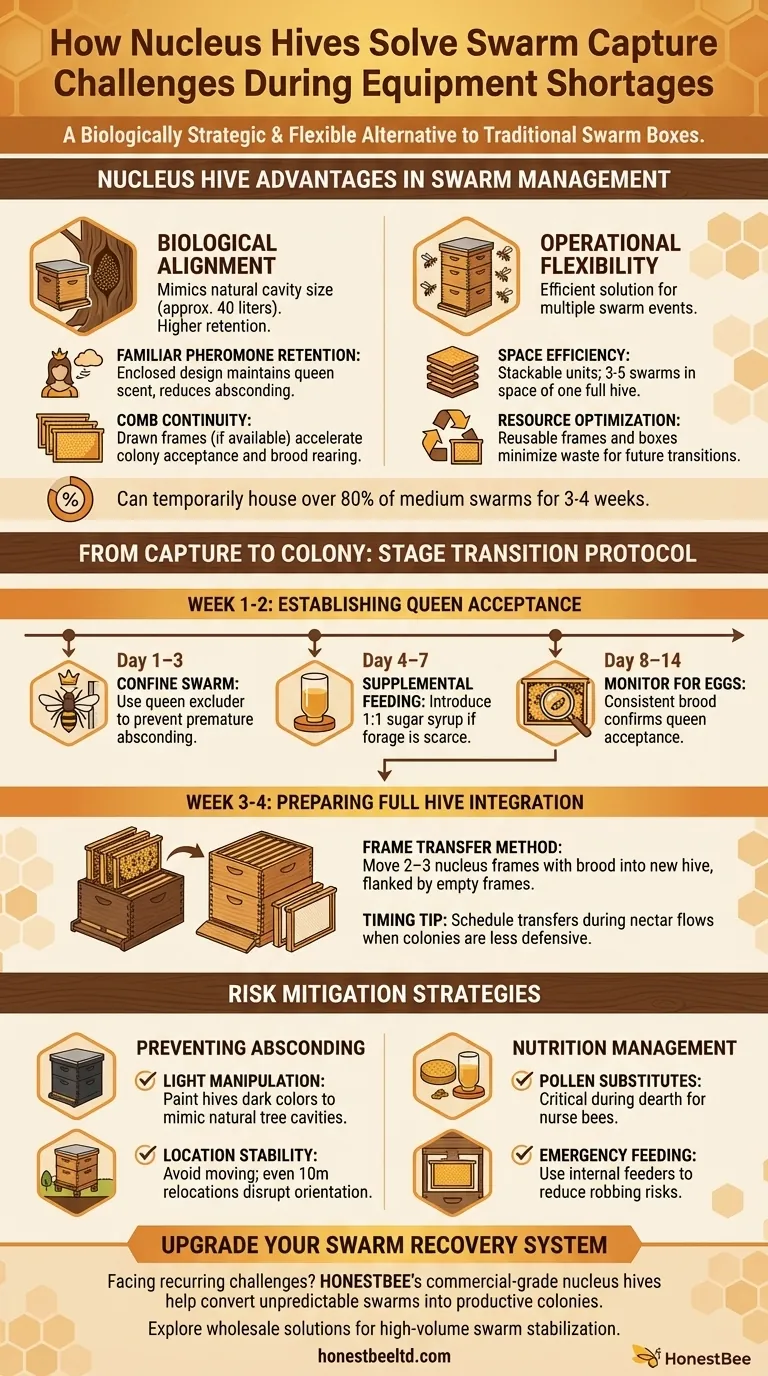
Related Products
- 4 Frame Plastic Nuc Boxes for Beekeeping Bee Nuc Box
- Professional Hive Front Entrance Bee Feeder
- HONESTBEE Professional Hive Top Bee Feeder Feeding Solution
- 3.5L Plastic Beehive Frame Feeder Deep Frame Water Feeder for In Hive Use
- Boardman Entrance Bee Feeder Durable Galvanized Steel and Wood Construction for Beekeeping
Related Articles
- How Beekeepers Can Stop Ants Naturally Without Harming Their Hives
- The Signal and the Noise: Why Thriving Hives Collapse and How Data Prevents It
- How to Choose Between Foundation and Foundationless Frames for Healthier Langstroth Hives
- How Bee Jackets Outperform Full Suits in Hot Weather Without Sacrificing Protection
- How Modern Bee Suits Combine Safety and Comfort Through Smart Design
